MercoPress. South Atlantic News Agency
Economy
-
Wednesday, August 16th 2023 - 11:48 UTC
Argentina: July's inflation reported at 6.3%
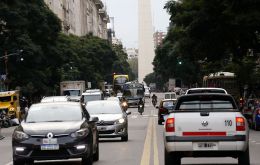
Argentina's National Institute of Statistics and Census (Indec) announced Tuesday that the variation in the Consumer Price Index (CPI) for the month of July of 2023 was 6.3% for a total of 60.2% in the first seven months of the year and 113.4% interannually, it was reported in Buenos Aires.
-
Wednesday, August 16th 2023 - 11:40 UTC
Milei ready to take over in case of President's early departure from office

Libertarian Congressman Javier Milei, who was the most-voted candidate in Sunday's Open, Mandatory, and Simultaneous Primary (PASO) elections, said he was ready to take over the helm at Casa Rosada at once should President Alberto Fernández and his constitutional successors step down ahead of the Dec. 10 schedule.
-
Wednesday, August 16th 2023 - 11:33 UTC
Russia/Ukraine conflict, ruble collapses and Moscow forced to hike interest rate
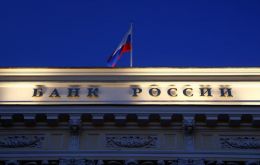
Russia's 's central bank hiked its key interest rate to 12% on Tuesday. The 3.5 percentage point rise represents a bid to fight high inflation and the sharp depreciation of the country's currency against the US dollar.
-
Wednesday, August 16th 2023 - 11:28 UTC
Bi-oceanic project linking Brazil with the Pacific and crossing Paraguay is rapidly advancing
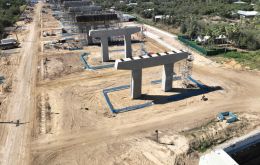
A key project to connect the ports of the Brazilian Atlantic with those of the Chilean Pacific, crossing Paraguayan territory is rapidly advancing.
-
Wednesday, August 16th 2023 - 11:22 UTC
Sanguinetti underlines Peña's position on Mercosur
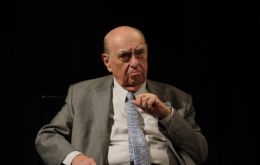
Two-time former Uruguayan President Julio María Sanguinetti Tuesday praised Paraguayan President Santiago Peña's stance regarding the Southern Common Market (Mercosur), which would need a major overhaul. Paraguay, a major world food producer but landlocked, is a member of Mercosur along with Argentina, Brazil, and Uruguay.
-
Wednesday, August 16th 2023 - 10:00 UTC
Beijing finds solution to youth unemployment: it stopped publishing key figures
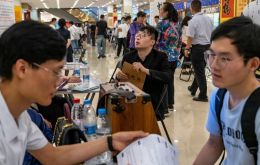
China's agency official statistics agency said on Tuesday that it had stopped publishing key unemployment figures that had previously shown the number of jobless youth in the country had reached a record high.
-
Tuesday, August 15th 2023 - 10:23 UTC
Argentine devaluation consistent with IMF guidelines
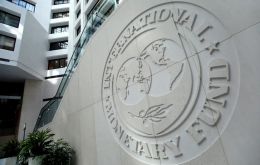
The International Monetary Fund es expected to release over US$ 10 billion to Argentina which might come as some sort of relief following Monday's decision to devaluate the local peso in the aftermath of the government's poor performance Sunday at the Open, Mandatory, and Simultaneous Primary (PASO) elections.
-
Tuesday, August 15th 2023 - 10:20 UTC
Argentine gov't orders 22% devaluation of the peso
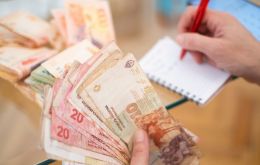
The Government of Argentina Monday ordered a 22% devaluation of the national currency which stood at AR$ 365 / US$ 1 on the official market. Financial authorities also raised the interest rate from 97% to 118% annually, it was reported in Buenos Aires. Thus, the monthly rate will be 9.83% and the effective annual rate will be 209%.
-
Monday, August 14th 2023 - 10:00 UTC
Falklands: Financial Secretary resigns; by election candidates have until 22 August for nomination papers

The Falkland Islands Financial Secretary Tracey Prior has handed in her resignation, reports the Penguin News. Her resignation is due to personal reasons, confirmed FIG to when contacted by the paper on Wednesday. This is to enable her to spend more time with her young family, and recruitment for her role will be underway in due course said FIG Head of Communications Sally Heathman.
-
Saturday, August 12th 2023 - 10:58 UTC
Argentina: “Blue” dollar still climbing on last working day before PASO elections
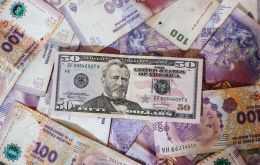
The “blue” (a euphemism for “black market”) dollar climbed AR$ 3 and reached AR$ 605 on the last working day before Sunday's Open, Mandatory, and Simultaneous Primary (PASO) elections in Argentina, it was reported Friday in Buenos Aires. Meanwhile, the official exchange rate closed at AR$ 300.
